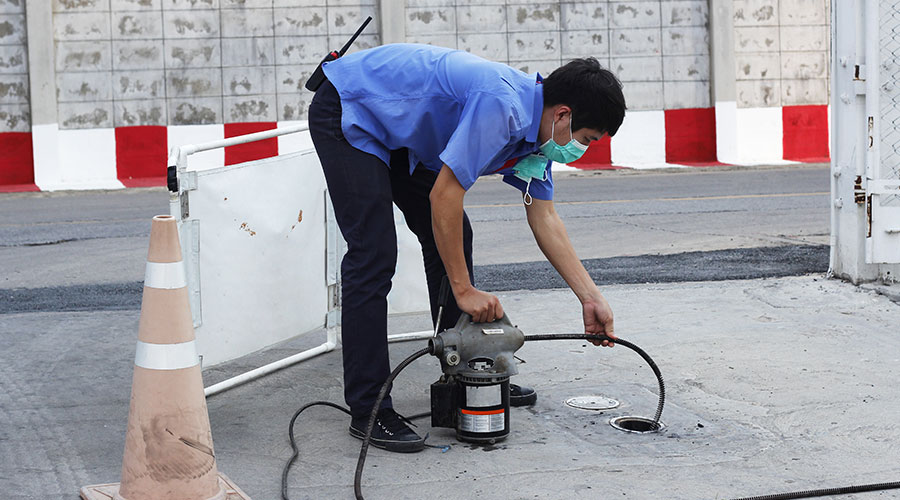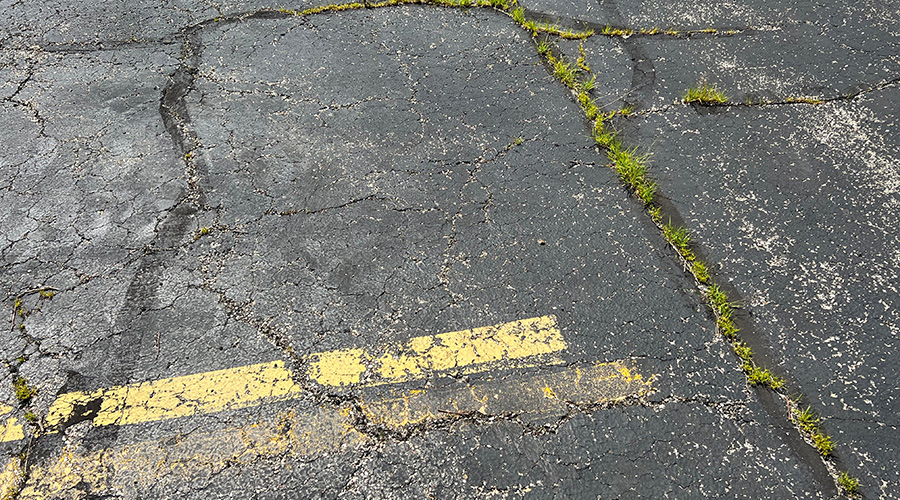Early Planning, Budgeting Key for Snow and Ice Management Programs
Whether scheduling contractors or planning work in-house, managers should know that they can never plan early enough.
By Frank Rigas, Contributing Writer
It’s September. School is in session, but for grounds managers at institutional and commercial facilities, especially those located in the regions of the United States most susceptible to winter weather, it means preparing for a different change of seasons: Winter, and preparing for the following winter.
“In our world, the ideal time to start planning for the upcoming snow season is really shortly thereafter – the end of the previous snow season really should be the beginning of the next season,” says Phill Sexton, managing director for WIT Advisers.
Sexton suggests that kind of timeframe for facilities whose managers do not handle snow and ice management operations in-house.
“Usually, we say by the Fourth of July contracts need to be signed, particularly if there’s a new contractor involved, they really need to be awarded by the Fourth or earlier, because depending on the complexity or the size of the facility, acquiring the proper equipment or rentals or inventory or staffing takes, in some cases, several months,” he says.
The earlier planning begins, the better the chances of implementing a successful snow and ice management program according to Jon Crandall, owner of JC Grounds Management and author of the book, “Snow Removal Solutions for Property Managers.”
“If you don’t have the right people and the right equipment and the right processes in place, that’s what creates failure in our industry,” Crandall says. “Snow removal and deicing is an emergency service and that’s what people don’t really recognize.
“If you can, you want to get out there early. You’re going to get the best selection of vendors. You’re going to get, ideally, the best equipment and the best people.”
Establishing priorities
According to Sexton, a snow and ice management plan needs to account for things such as staffing levels for different types of events, equipment capacity and availability and priority area designations, such as areas get cleared first, second and third, and so on. He adds that determining those priorities in advance is critical.
“I find when those priority areas have not been defined and they haven’t been discussed, that’s where there’s usually a fair amount of frustration that starts to be experienced between the contractor and the facility manager, or vice versa, because there’s never been any agreement on that,” Sexton says.
Managers must realize that snow and ice management plans should not remain static. Like weather forecasts, changes and updates to plans are required. One of the methods that can be used in amending the plans is using an end-of-season review to begin planning for the next season.
“As winter approaches, I dive into last season’s storm data,” says Tom Marsan, general manager, Beverly Companies. “I examine snowfall totals by zone, response time and material usage, etc., to try and pinpoint where our plans either overreacted or left us scrambling. By studying storm duration and peak accumulation areas, I fine-tune our crews so we’re fully prepared when heavier bands threaten high-traffic entrances.
“Once I’ve updated the weather management plan, I walk the entire site to spot any facility changes since last winter. New building wings, added walkways or even slight grade shifts in drainage can create unexpected ice dams or pooling. Mapping these modifications in the fall allows me to flag trouble spots early and update clearance routes to match the facility’s current layout.”
Other factors that precipitate plan updates include changes in tenancy, a shift to around-the-clock hours, the addition of medical emergency care centers or logistics operations and special events, Crandall says.
But at the end of the day, snow and ice removal plans ultimately are determined by the elements.
“It’s really weather related, just how extreme the storm is that’s coming in and how high of a priority the site is, depending on what it is,” Crandall says.
Budget matters
Like the unpredictable nature of winter weather, snow and ice removal costs are difficult to predict. Setting a budget accordingly is a challenge for grounds managers.
“Whether it snows or not, there’s still a massive cost to produce what we do, just from a service perspective,” Crandall says. “Then, from the customer’s side, they need to be able to budget for an overperforming winter and make sure that they’re able to take care of the tenants correctly, no matter what happens.”
Sexton says there are two primary mechanisms that contribute to determining the costs or budget. The first is the scope of the work: What is included, parking lots and deicing services? Sidewalks? Emergency exits? Are interior custodial staff handling entrances, or is the contractor responsible for everything?
“These all have a bearing on what the cost will be,” he says.
The second cost consideration is the level of service related to the scope of the work, meaning how quickly and to the standard the property needs to be cleaned.
For example, Sexton says plowing a one-acre lot normally is expected to take a traditional truck plow likely an hour or less. But in the event a facility requires bare, or close to bare, pavement by a certain time, a contractor may need two or three trucks to meet the standard, which will increase costs.
Another factor that can influence a budget is material application rates, which “can make or break a budget,” Marsan says. “I’ve seen how small deviation per square foot translates to tens of thousands of dollars in excess salt. That’s why my team conducts calibration ‘bucket tests’ on every spreader each October and again mid-season to verify nothing has loosened. Consistent spread rates keep costs down and landscapes healthier.”
For many grounds managers, for snow and ice removal, “no news is good news” during a season means the fewer weather episodes, the better.
“When you have a great snow and ice contractor and everything’s going well, the owner, president or CEO of whatever facility it is, will say, ‘Our snow and ice guys did a great job this year or they did a great job this past storm,” Crandall says. “If something doesn’t go well, usually they’ll call whoever was their procurement team and say, ‘your snow and ice guy was terrible.’
“It’s kind of like having a really good cleaner in your hotel: If everything’s nice and clean, not everyone says something to the manager that ‘your cleaners are great.’ But if the place is a mess, you’re going to likely call and say, ‘this place is gross.’”
Frank Rigas is a freelance writer based in Sheboygan, Wisconsin.
Related Topics:












